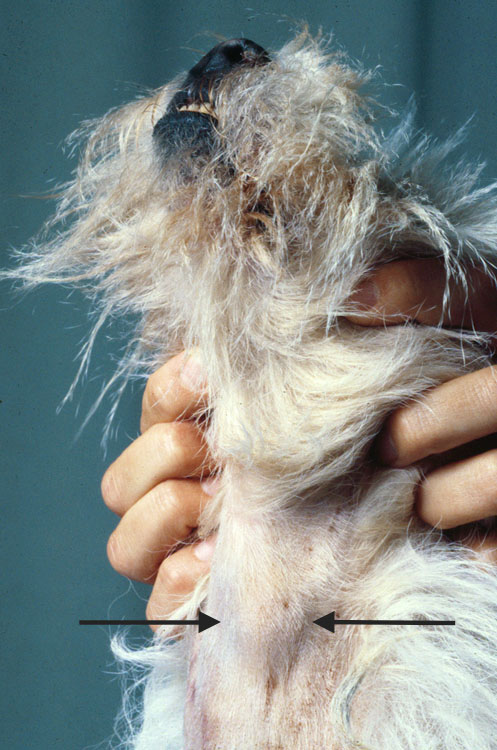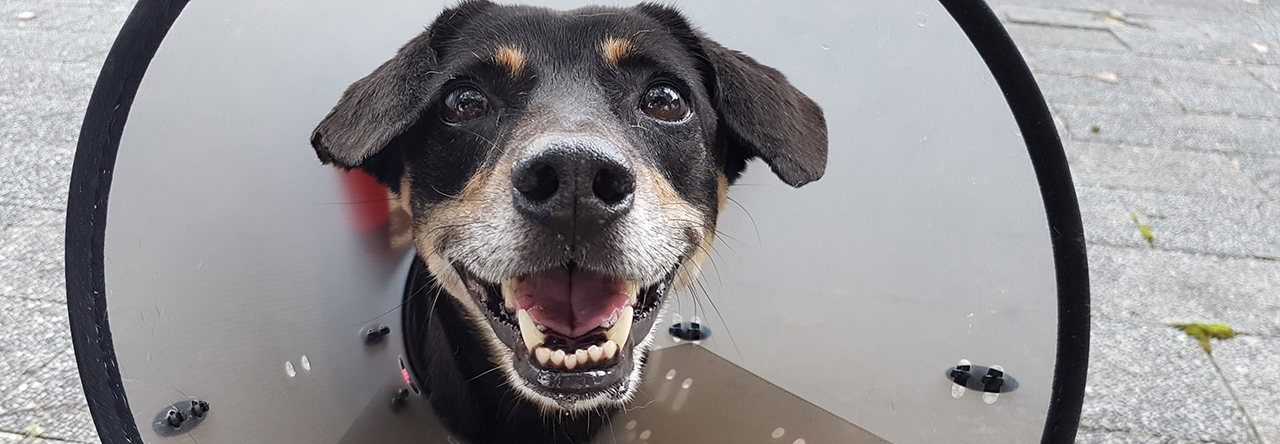
#Boxer dog black lump skin#
The most dangerous occur in dark pigmented areas of the skin including inside the mouth, on the paws, or in the eyelid tissues. In dogs, melanomas are not related to sun exposure and they are not always malignant. If caught early enough, surgery will stop further spread. Follow-up pathology to confirm the diagnosis is important to guide future treatment. Early surgery to remove the lesion and prevent spread of the cells to other parts of the body is essential. They are found most commonly on the trunk, limbs, and perineal (genital) area. They are very variable and can appear small and insignificant, but when first noticed they are usually raised and around 1 cm in diameter.

Mast cell tumours are a good example of why it’s so important to have any lump or skin lesion examined promptly. When they become cancerous, they can develop rapidly into serious, life-threatening disease. In healthy dogs, mast cells occur throughout the body and help animals respond to inflammation and allergies. They can occur in any breed but are most frequently diagnosed in boxers, Boston terriers, labradors, pugs, Staffordshire terriers and schnauzers. Mast cell tumours are the most common malignant skin cancer in dogs. Carrying around a lipoma this size is uncomfortable for any pet and, the larger the tumour, the more complex and extensive a blood supply is required to support the mass making surgery more challlenging. While the surgery was successful, it would have been much better for the dog and our vets if the owners had sought veterinary advice much earlier. The dog pictured on the right is prepped for surgery to remove a massive lipoma. In these cases we recommend surgery to remove the tumour, otherwise all that’s usually required by the pet owner is regular monitoring of the tumour’s size and appearance once diagnosis is confirmed. Lipomas can grow to quite a large size and in some cases, will start to impact on a pet’s mobility. Fat cells are straightforward to diagnose. While fatty tumours are benign (so won’t spread to other organs), it’s still important to find out if your dog’s lump is in fact a benign fatty tumour.ĭiagnosis is easy – at CVH we take a fine needle aspirate from the lump and look at the tumour cells under the microscope. Large overweight dogs of any breed are more prone to lipomas, and while they can develop anywhere over the body, they occur mostly around the ribs and often as multiple lumps. Soft fatty tumours are most often seen (or felt) in middle-aged or older dogs.

They do appear to be more common in older dogs and while it’s sensible to get veterinary advice to confirm the diagnosis, no treatment is required for sebaceous cysts. They rarely grow to more than 1cm across and can occur anywhere over the body. These cysts are the result of blocked oil glands.

While the list below does not cover all the skin tumours diagnosed in dogs, these are some of the most common lumps and bumps. Malignant tumors are more likely to grow rapidly, have poorly defined margins, infiltrate into the surrounding tissues, and may be ulcerated.

Typically, benign tumours grow slowly (if at all) and they are well circumscribed, non-painful and can remain unchanged for years. While this means more than half the lumps we might detect on our dogs are benign, just like us, it’s very important to investigate promptly every unusual lump or skin mark you discover on your pet. Cats have a much lower incidence of skin cancer, but a higher percentage – over 50% – are malignant. How often have you been patting your dog and discovered a lump? Skin cancers are by far the most common cancers in dogs, with around 20 to 30% found to be malignant.


 0 kommentar(er)
0 kommentar(er)
